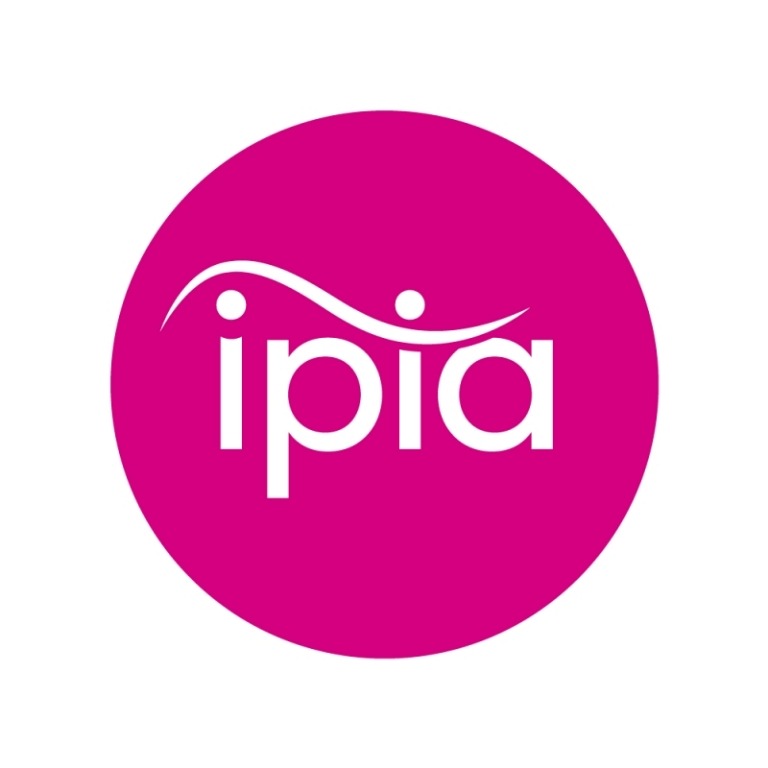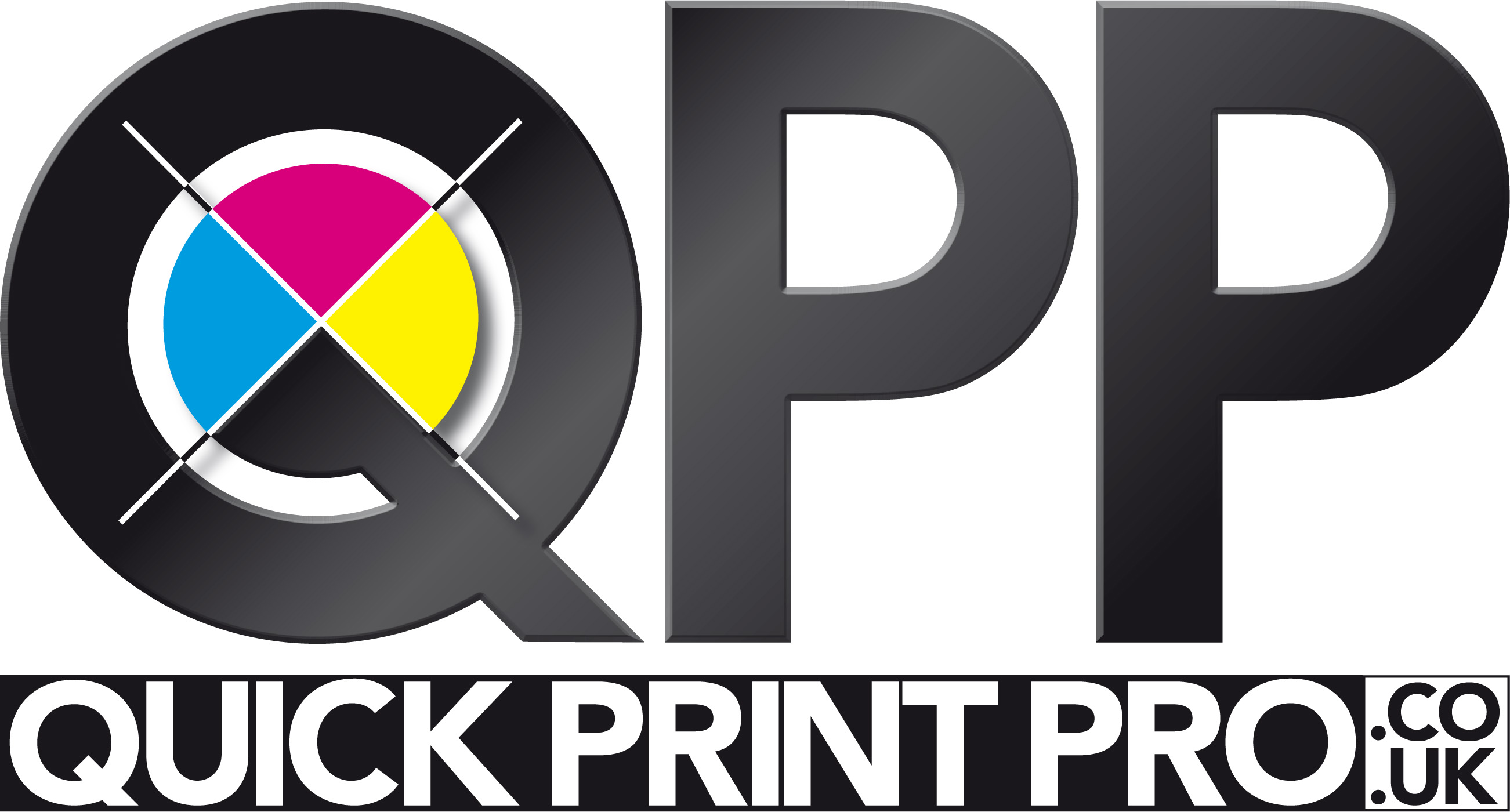ECG: Brand Owners Want It
As I showed in the previous article, ECG printing (expanded or extended color gamut) is feasible from a technological point of view. Even more: it has lots of benefits. And guess what: most brand owners want it! They even want it for a large part of their print jobs. That’s the main conclusion of the survey my friend dr. Kai Lankinen did with international, and global brand owners. And, dear printers and prepress houses, many look at YOU to propose ECG to them!
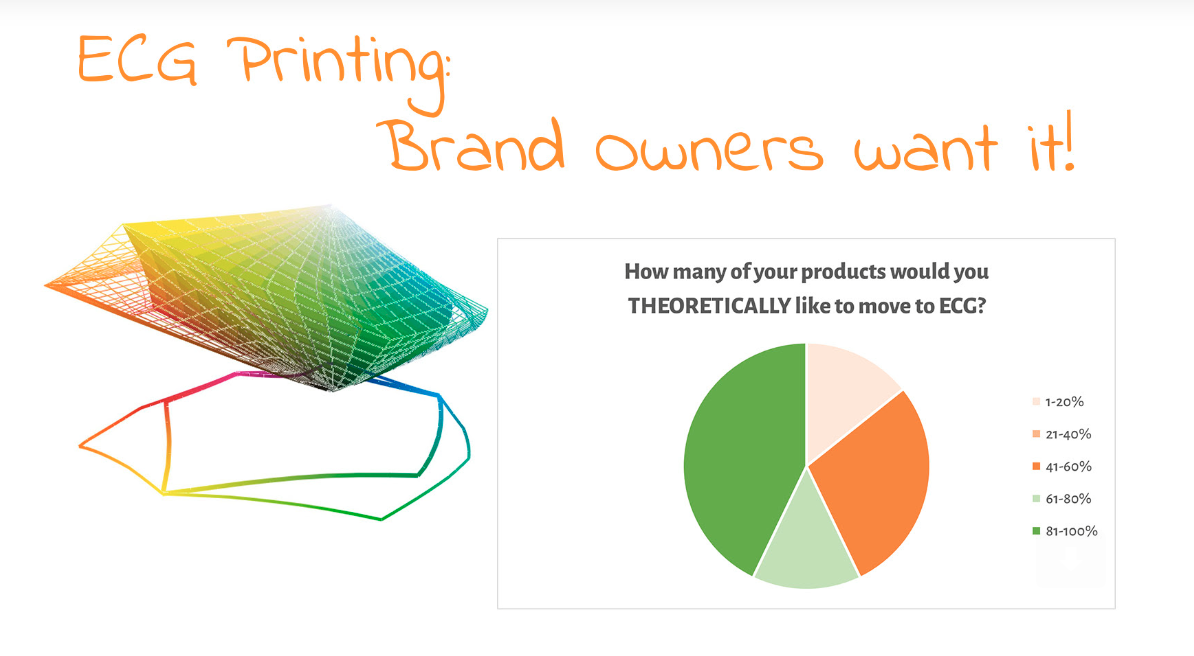
CONTENTS: The Survey | Why is this important?
During the last LabelExpo, in September in Brussels, special attention was paid to ECG printing. Dr. Kai Lankinen organized special ECG tours and presentations. In preparation for these presentations, he surveyed several brand owners. He has already shared the main results on LinkedIn, but I’m happy to publish his updated results here on my blog with his permission. The results I show here are an update of the results previously published on LinkedIn as the total number went from six to seven. This might seem low, but Kai said it’s statistically enough and relevant. From my perspective, it offers some interesting food for thought!
The survey had seven questions, which I’ll address one by one.
1. Are you familiar with the Expanded Color Gamut printing (ECG)?
This is a simple one: all were (more or less) familiar with ECG.
2. Are you using ECG (or 100% CMYK as part of it)?
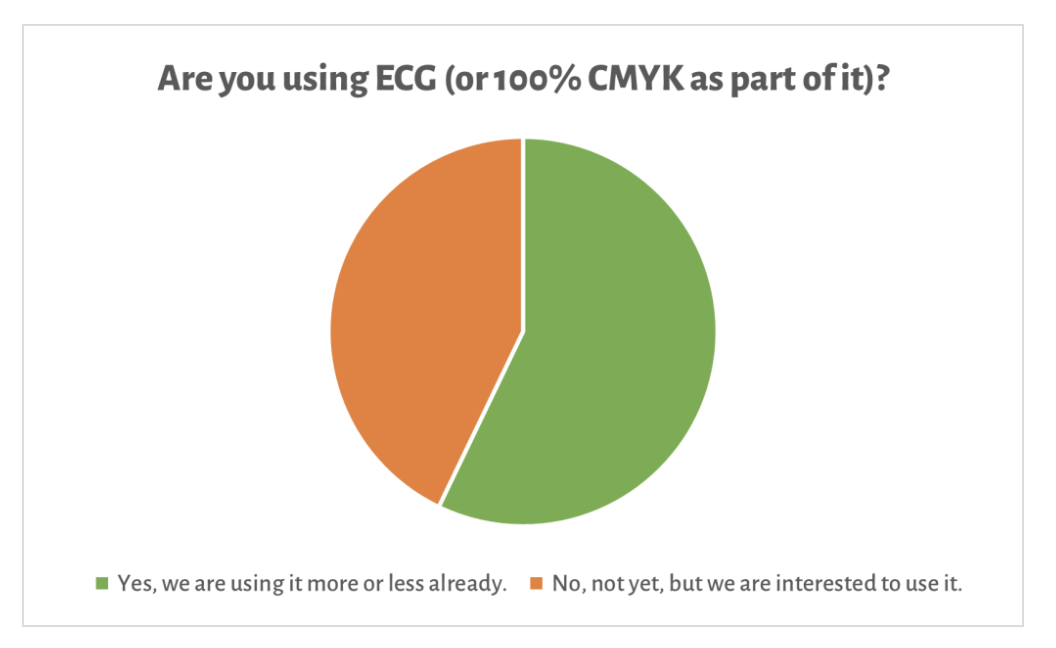
It’s interesting to see that the majority is already using ECG or CMYK, but it also shows there is still a lot of potential…
3. According to the Dr. Lankinen Ph.D. study (Tampere University, 202 1): “With ECG printing the CO2 equivalent is reduced by 34% to 51% compared to SPOT color printing”. – How many of your products would you THEORETICALLY like to move to ECG?
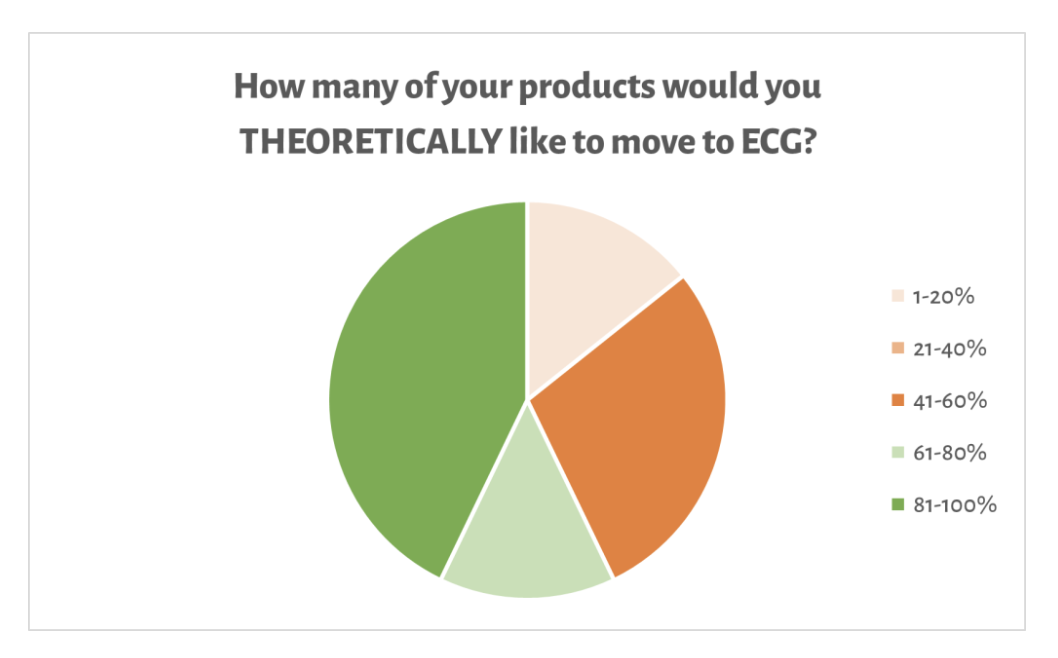
This again shows the potential for ECG! Non selected the option ’0%’. A substantial portion of products could be moved to ECG.
Please also notice the way Kai asked this question: he made the link to the reduction of CO2. And that could be an interesting ‘sales pitch’. All the big brands have ESG (environmental, social, governance) reports, with bold claims that they will reduce the Scope 3 emissions, even in the short term. And guess what: package printing is included in Scope 3, as I already showed in this article!
4. Who should be the one to propose an ECG initiative?

And talking about that sales pitch: most brand owners are looking at you, dear printers and prepress houses! You should convince brand owners! This was also feedback from one of the brand owners: “designers should be educated on this.”
5. Does your company already include packaging printing process as part of the ESG sustainability reporting?
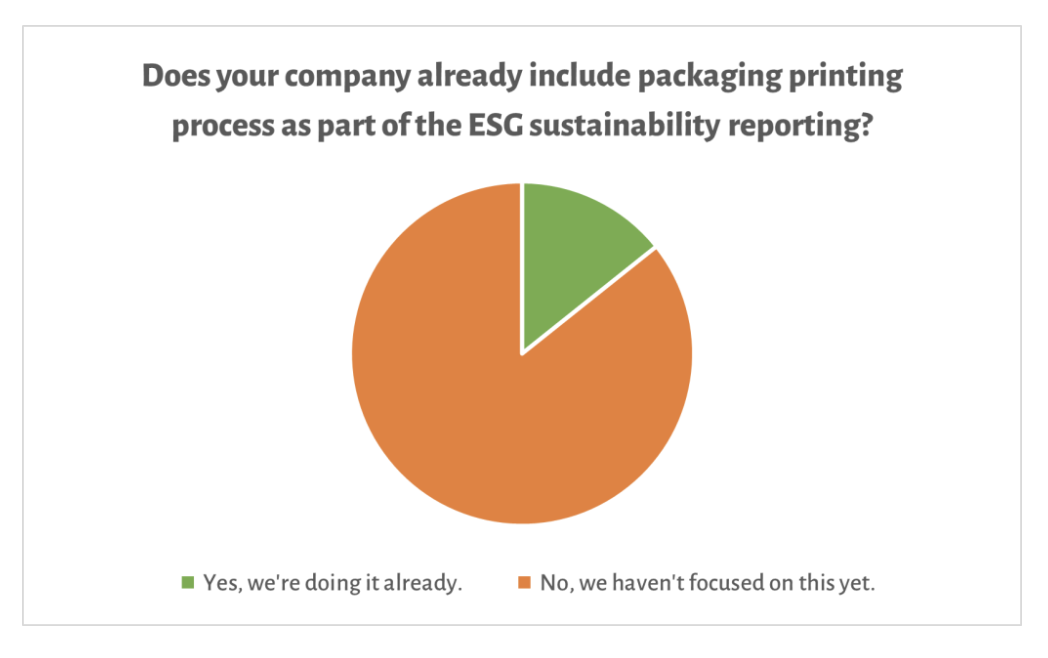 This is again interesting: when I looked at several ESG reports from big brand owners, they all made these bold claims about CO2 or GHG (greenhouse gasses) reduction, by 2030. However, it seems the ESG department’s message has not yet reached the print buyers in those companies. And here is some homework for the sales reps, the management of packaging printing companies, and prepress houses: check the ESG reports from your customers! These are often found on their website, since they consider this nice publicity for their environmental efforts. But these claims need to be translated into action, it’s not only the packaging material itself, but also the printing / converting process influencing on GHG. As Kai showed in his PhD thesis, moving from spot colors to ECG can positively affect GHG emission reduction.
This is again interesting: when I looked at several ESG reports from big brand owners, they all made these bold claims about CO2 or GHG (greenhouse gasses) reduction, by 2030. However, it seems the ESG department’s message has not yet reached the print buyers in those companies. And here is some homework for the sales reps, the management of packaging printing companies, and prepress houses: check the ESG reports from your customers! These are often found on their website, since they consider this nice publicity for their environmental efforts. But these claims need to be translated into action, it’s not only the packaging material itself, but also the printing / converting process influencing on GHG. As Kai showed in his PhD thesis, moving from spot colors to ECG can positively affect GHG emission reduction.
The following two questions were open questions:
6: What are the biggest obstacles, if any, in implementing an ECG project into the FMCG business?
7: What feedback, if any, would you like to tell to printers additionally?
Standardization is one of the obstacles mentioned. And this was also important feedback: “Proactively bring forward design and manufacturing opportunities to Brand Owners. The printer is at the crossroads of Brand Owner, Designer, Workflow and Production.” Dear printers: it’s going to be YOU who has to sell ECG to brand owners. If you wonder why, what’s in it for you: standardization of production and, by that, a more stable, predictable, and cheaper production. Wouldn’t that be interesting? Also, for prepress houses, this might be economically interesting: moving to ECG might involve more work on their side than spot colors, leading to an increase in turnover.
With ECG there are no longer restrictions on number of colors printed (e.g. 8), because with ECG’s digital color mixing printer can simulate, for example, 15 spot colors on one pack. And the best part is, as per Kai, ECG typically reduces the total number of printing plates by about 10%. Check out the real-life designs and think about the potential benefits it offers to the entire production chain, also including the ESG reporting.
Why is this important?
ECG (expanded / extended gamut printing) is a reality. It’s feasible, both technically and economically. And there is a lot of potential to move FMCG products to ECG. But we need to get everyone involved to get it widely adopted and used where it makes sense. ESG might become the trigger to convince those brand owners…
About Eddy Hagen
The printing industry has changed significantly over the last few decades. And that change isn't over yet. Eddy Hagen has been observing all these changes from a front row seat, since 1988. He has seen and debunked hypes that still don't deliver. He has seen and promoted small evolutions that had a big impact. He has connected the dots to get a better view. He is an independent mind who might be able to give you unique insights in the world of print and innovation.

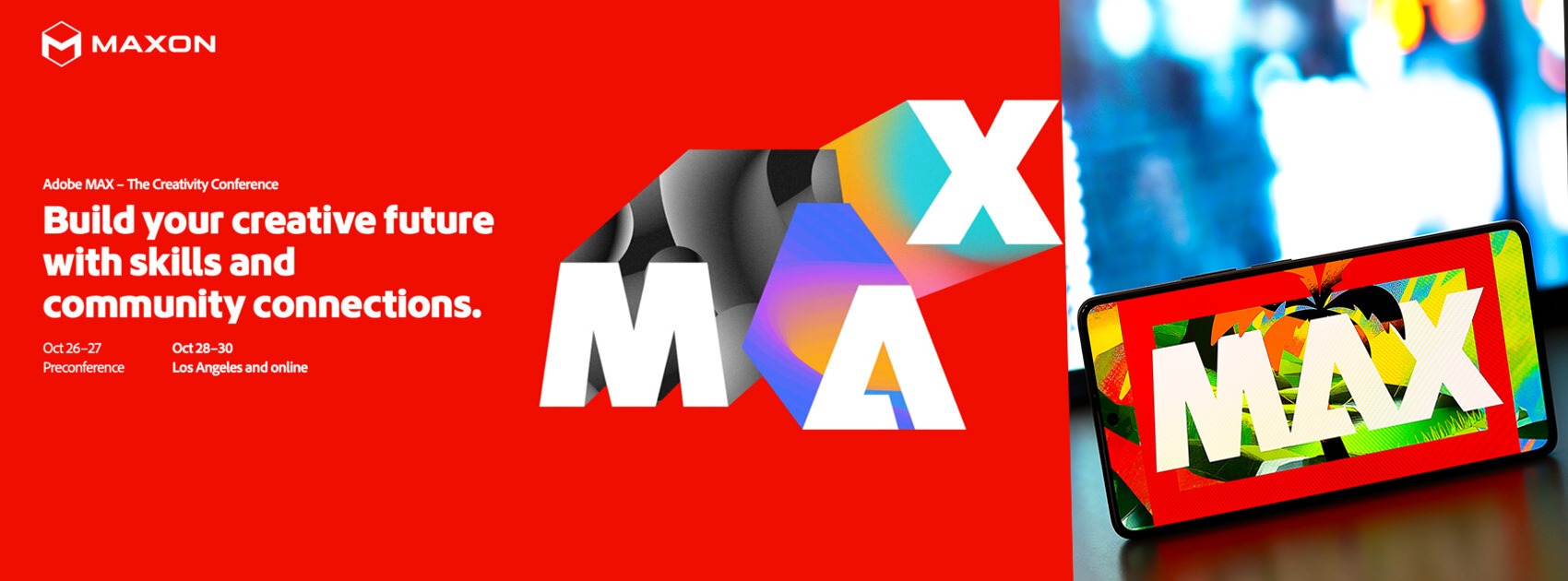

.jpg)




-2025-11-19-10-50-51.jpg)


